How to Get Nepal
Nepal is landlocked Himalayan country between the Tibet autonomous region of China and India. It contains 8 of the world's 10 highest peaks, including Mount Everest . Here are many entering point to Nepal by land from India and China. If you are coming in Nepal through overland, Nepal tourist visas are available on arrival at all borders of India and China. If you are coming in Nepal via air, there are various international airlines with nonstop connecting flights from the world. Some of the popular airlines fly to Nepal such as Nepal Airlines, Turkish Air, Thai Airways, Gulf Air, Qatar Air, Jet Airways, Air India, Biman Bangladesh, Lufthansa, Oman Air, Fly Dubai, Air Arabia, Air China, and Korean Air Singapore Airlines. It is also possible to travel overland from India or China. Before come in Nepal, please check the flight and contact us. You can easy to get on arrival visa at Nepal airport.
Visa and Passport Information
All foreigners require a visa to entry in Nepal except Indians passport holder but you must hold a six month validity date passport to apply for a Nepal tourist visa. On arrival visa available in the Tribhuvan International Airport and border of India and china Tibet. You should bring PP size color picture to apply for visa enter in Nepal. Please click this link for more details about Visa Information.
Money Exchange Rate and Places
If you are looking for foreign currency exchange rate and place in Nepal, you can easy to exchange most of the foreign currency with local bank and legal money changer center at popular tourist city in Nepal. All the exchange rates are under the Nepal Rastra Bank (Center Bank of Nepal). If you want exchange the small amount of money, you can exchange in the hotel. Please bring clean and new notes because our banks not accept the old notes (foreign currency).
Normally Nepalese peoples prefer cash in hotel, restaurant, shopping center and others area because avoid the long process from card and traveler cheque. If you have credit and debit card, you can withdraw cash (in Nepali Rupees) from ATM counter. There are several ATM counters center in main tourist city and it has 24 hours service. Maximum withdraw amount is 30,000 to 35,000 rupees in a one time and 500 rupees is processing fees, if you are using your card.
Most of the trekking routes, there are not a service of foreign currency exchange so you have to exchange your money in Kathmandu or Pokhara before the trek. Furthermore, ask to your trekking operator or trekking guide about how much money need for trekking in Himalayas. Click here for more details.
Safety and Security
Safety and security is important subject during the traveling from your arrival and departure day in Nepal. We are always with you for help and give you guarantees to our valuable customers about best service. Our guides have general knowledge about first aid kits and long years experience in the trekking fields. It is necessary for trekking in Nepal because it goes more than 4000 m height from sea level. If trekker gets sick due to high altitude, our professional guide explains about the medication and decides to further trekking destination and manage the emergency rescue because health is important.
Trekking trails are not enough wide to crossing each others, so you need to careful when they pass. There are many porters, yaks, mules and Jokpe along the trekking trail during the peak trekking season. If you meet them on narrow place and bridge, you have to stand on the safe side otherwise they can push to the cliff.
Safe Drinking Water
Clean water is important for good health during the travelling and staying hydrate body. It will be best way to complete the trek in the Himalayas. If not, easy to get sick and diarrhea. Almost every where you can buy bottled water during the tea-house trek in Nepal but not in the camping trek. Bottled water is much expensive than you expect.
Plastic bottles are bad for environment in Nepal, so please bring good water bottles (for boiling water) and water purification tablets or water filter bottles. Water bottles should be re-use-able because keep the mountain clean. If you are worried about regular water tap of water for fill up your bottles in the trekking area of Nepal, there are easy to find on the all trekking routes. You will be found at lodges, streams and rivers.
Travel insurance and Insurance Policy
The trekking in Nepal Himalayas grade rank are easy / moderate / challenging difficult. So, it is the risk of high altitude and potential accident due to Himalayan climate changes.
Travel Insurance is the very important for Trekking in Nepal Himalayas because treks goes to high altitude (over 4000 meters) and it requires practical trekking skills, which might be unexpected happening or accident during the treks and that requires medical assistance and evacuation which might be expensive to come back down or city and treatment. So, you have to make sure to get insured that covers the costs of air ambulance, treatment and all the travel related risk like lost, stolen, damaged or delayed baggage and flight delays. Yours insurance policy should cover up yours entire activities during the staying in Nepal. You need to ensure that your insurance policy covers treks that go over 5,500 meters. Otherwise you have to take the responsibility regarding unexpected expenses of the cost during the Trekking in Nepal.
It is part of our booking form for trekking and climbing in the Nepal to all the member of trekkers have to send a copy of their informative travel insurance policy certificate to High Pass Adventure.
High Altitude Sickness Information
High Altitude Sickness is known as mountain sickness. If you walk or climb to higher elevation, it appears very quickly so you have to know symptoms of high altitude sickness. If you are wondering why it happens, here are some information. It is from the air pressure. When you go to higher elevation, this air pressure drops down and less oxygen so your body will need time to adjust to change air pressure. According to doctor, it starts from 8,000 feet (2400 meter) if you are from sea level.
Types
There are three types of altitude sickness
Acute Mountain Sickness (AMS): it is very common and symptoms feel like a tiredness, dizzy, headache, thirsty, muscle aches, nausea
High Altitude Pulmonary Edema (HAPE): it is effect in the lungs, which can be very dangerous and hard to do life threatening
High Altitude Cerebral Edema (HACE): it is effect in the brain and most difficult to treatment and you need to go hospital attention right way.
Cause
Here are causes of high altitude sickness
You live at near sea level and travel to a high elevation
You have had the sickness before
You climb quickly
You have not acclimatized to the altitude
If you are drink alcohol when you ascend
If you have medical problems of heart, nervous or lungs
Symptoms
These symptoms will appear depend on your speed to climb and how hard you push. Symptoms range from normal to serious. They can affect the nervous system, lungs, muscles, and heart.
Here are symptoms of High Altitude Sickness
Difficulty sleeping
Dizziness
Fatigue
Headache
Loss of appetite
Nausea or vomiting
Rapid Pulse (Heart Rate)
Short breath with action
Blue color of skin or gray soft skin
Chest tightness or blocking
Confusion
Dry cough or coughing with blood
Cannot walk in a straight line
Prevention
Important keys to preventing of High Altitude Sickness are:
Climb the mountain gradually.
Stop every 2,000 feet (600 meters) of climb above 8,000 feet (2,400 meters) and one or two nights sleep there.
Sleep at a lower altitude when possible.
Make sure that you have the ability to quickly descend if needed.
Learn how to recognize early symptoms of mountain sickness.
If you plan on climbing quickly, or climbing to a high altitude, ask your provider about medicines that may help.
If you are at risk for a low red blood cell count (anemia), ask your provider if your planned trip is safe. Also ask if an iron supplement is right for you. Anemia lowers the amount of oxygen in your blood. This makes you more likely to have mountain sickness.
While climbing, you should know these things:
Drink plenty of water
Climb slowly.
Take it easy
Do not drink alcohol.
Eat regular meals that are high in carbohydrates.
Sleep lower elevation
Take a medication (diomax) according to doctor


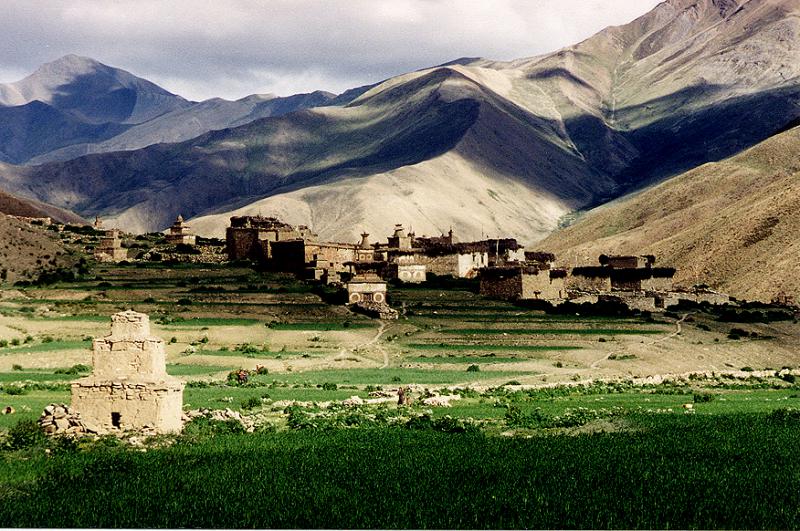
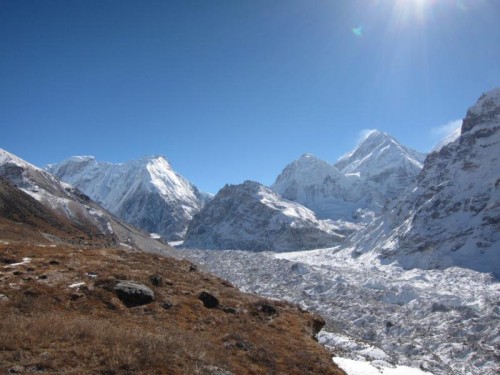


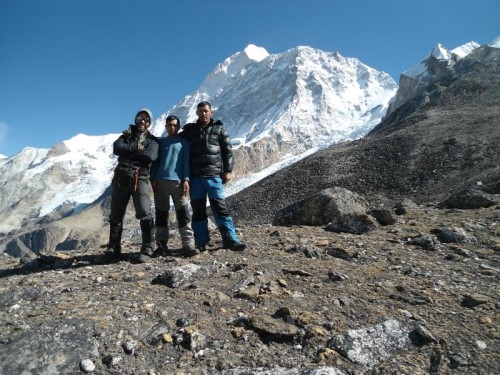

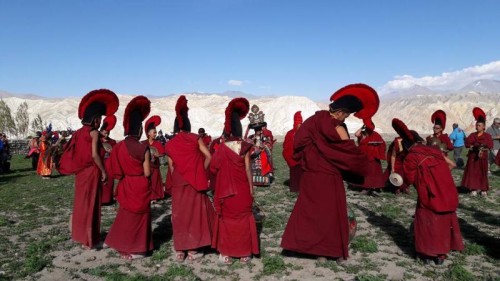

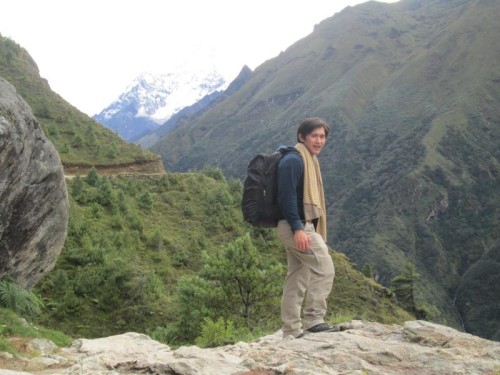
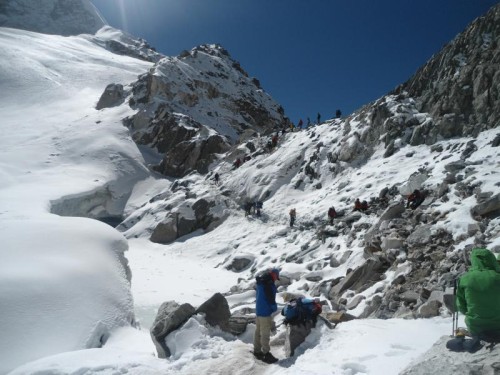
Elizabeth
United Kingdom
Upper Dolpo Trek: - Remote and Beautiful Mountain Scenery
14th June, 2023
My husband and I chose High Pass Adventure Trekking as our trekking company for Upper Dolpo Trek in November 2022. This was my 8th time in Nepal with Ganesh for trekking. Everything was absolutely perfect, from beginning to ending. Ganesh is the owner and also was the guide. Really it was a good time with him, and everything was swift enough to satisfy my needs. So, I cannot express how thankful we are that he had been chosen to be our guide and his company. If you are thinking about a Trekking in Nepal, go with High Pass Adventure